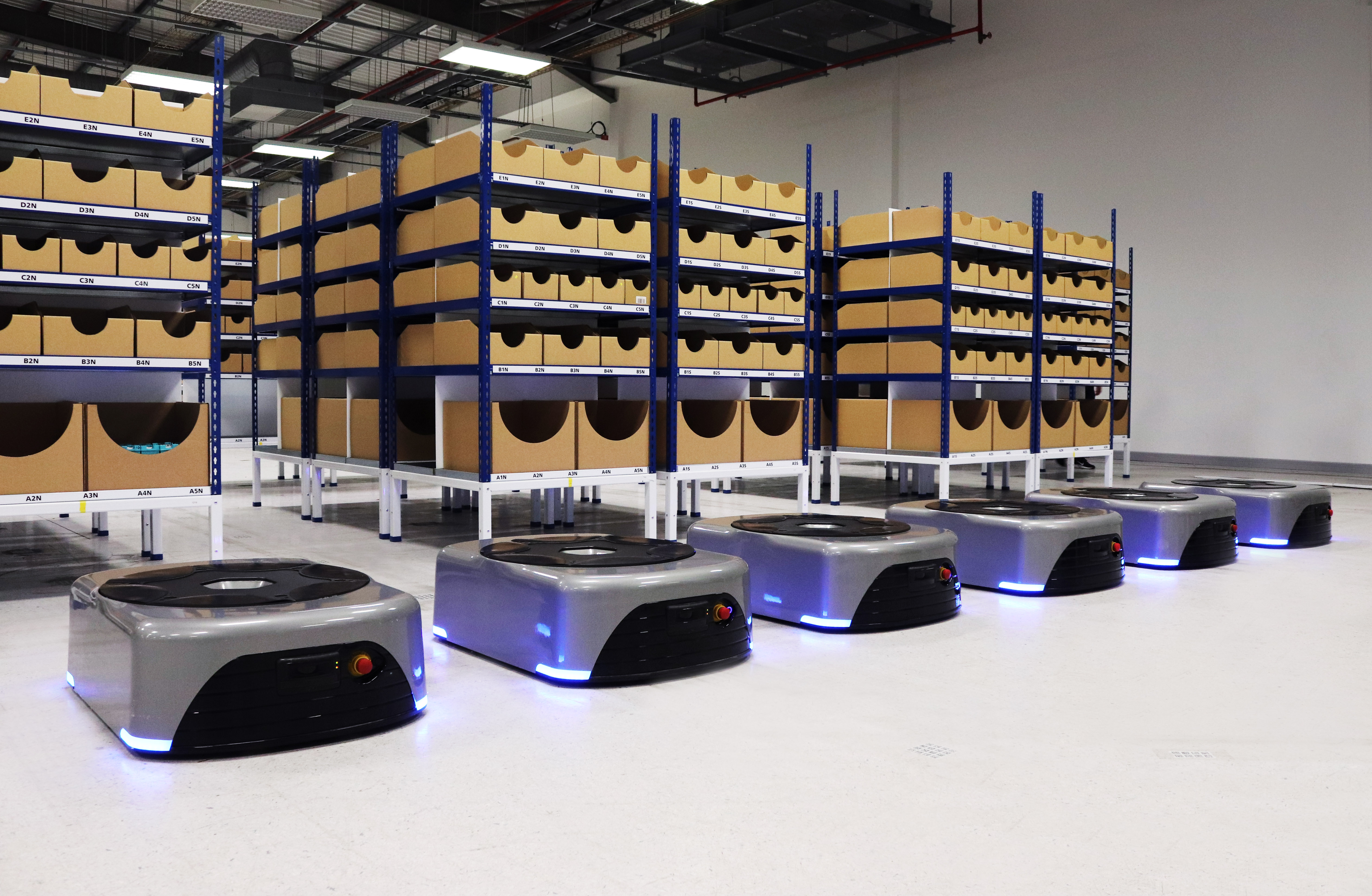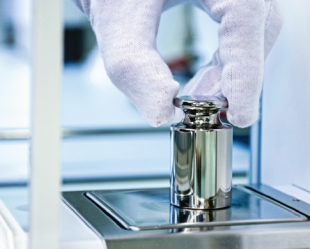“While the application date for the new EU Machinery Regulation is the 20th January 2027, now is the time for machine manufacturers and users to define how to meet the new requirements and procedural obligations”
The Machinery Directive (2006/42/EC) is the current legislation around machinery and has been mandatory in the EU since 2009. The new Machinery Regulation 2023/1230 aspires to maintain the high level of safety that was achieved with the implementation of the Machinery Directive. Now is the time to prepare and meet all the specifications of the new Machinery Regulation in your company within the transitional period. Updates in terms of risk analysis, instructions for use and technical documentation, as well as conformity assessment and declaration of conformity with subsequent CE marking, mean that companies face changes ahead. The EU Machinery Regulation becomes legally binding in all EU states on 20th January 2027.

Overview of the most important changes
- Machines subject to inspection
The list of machines subject to inspection, previously in Annex IV of the Machinery Directive 2006/42/EC, has “moved” to Annex I. Section A contains a list of high risk machines, for which mandatory inspection through a notified body is required. In future, six machine categories will be subject to inspection; application of a harmonised standard does not remove the inspection obligation. One reason for this are the current developments in Artificial Intelligence.
- Substantial modification
The regulation now includes a definition of a substantial modification of machinery and the legal consequences of such a modification. A conformity assessment procedure is required if a machine undergoes major safety modifications. If a substantial modification has taken place, the user becomes the manufacturer for the change affected parts – with all the ensuing obligations.
- Safety components
The definition of safety components now includes not only physical, digital and/or mixed-type components, but also software.
- New digital technologies
The regulation also covers the safety risks arising from new, emerging digital technologies e.g. Artificial Intelligence, the Internet of Things and robotics
- Industrial Security
In a new section entitled “Protection against corruption”, the Machinery Regulation now also establishes requirements for the industrial security of machinery. Accidental or intentional Security threats must not be allowed to compromise the machine’s safety functions. Manufacturers will need to draw up appropriate Industrial Security concepts, especially for networked machinery, but also for normal machinery to prevent unauthorized access. In addition, Manufacturers and Machine users will face demands from other areas of legislation (e.g. Cyber Resilience Act, Radio Equipment Directive and Information Systems -NIS 2).
- Digital instructions
Manufacturers are allowed to supply instructions in digital form. The manufacturer must supply the instructions in paper format if requested. The Declaration of Conformity can also be provided in digital form.
What does the new Machinery Regulation mean for harmonised standards?
It’s unclear how the process will run with the existing harmonised standards under the Machinery Directive. As it currently stands, these will need to be relisted. With over 750 directly listed standards alone, that means a significant effort over several years. With a defined transition period of 42 months, the standards committees, with the support of NSAI members, will now have a lot of work ahead of them. It will be interesting to see whether the relevant standards will be available as harmonised standards by the time the EU Machinery Regulation comes into force. In any case, the Machinery Regulation leaves the door open to authorities to issue special transitional provisions. We will keep an eye out for you!
Find more detailed information here: https://www.pilz.com/en-IE/support/law-standards-norms/manufacturer-machine-operators/machinery-regulation
With thanks to Jurgen Bukowski, Chair of NSAI/TC 128 Machinery Safety and Global Consulting Engineer at Pilz with special expertise around international legislation
The views and opinions expressed on this website are not necessarily those of NSAI, nor does it assume any legal liability or responsibility for the accuracy, completeness, or usefulness of the information published.
[Disclaimer: All reasonable effort was made to ensure that the information on this page was correct at the time of publication. Any views or opinions expressed on this page are not necessarily those of NSAI. NSAI accepts no responsibility or liability howsoever arising from the contents of this publication or any errors, inaccuracies, or omissions in the contents of the information provided therein.]



